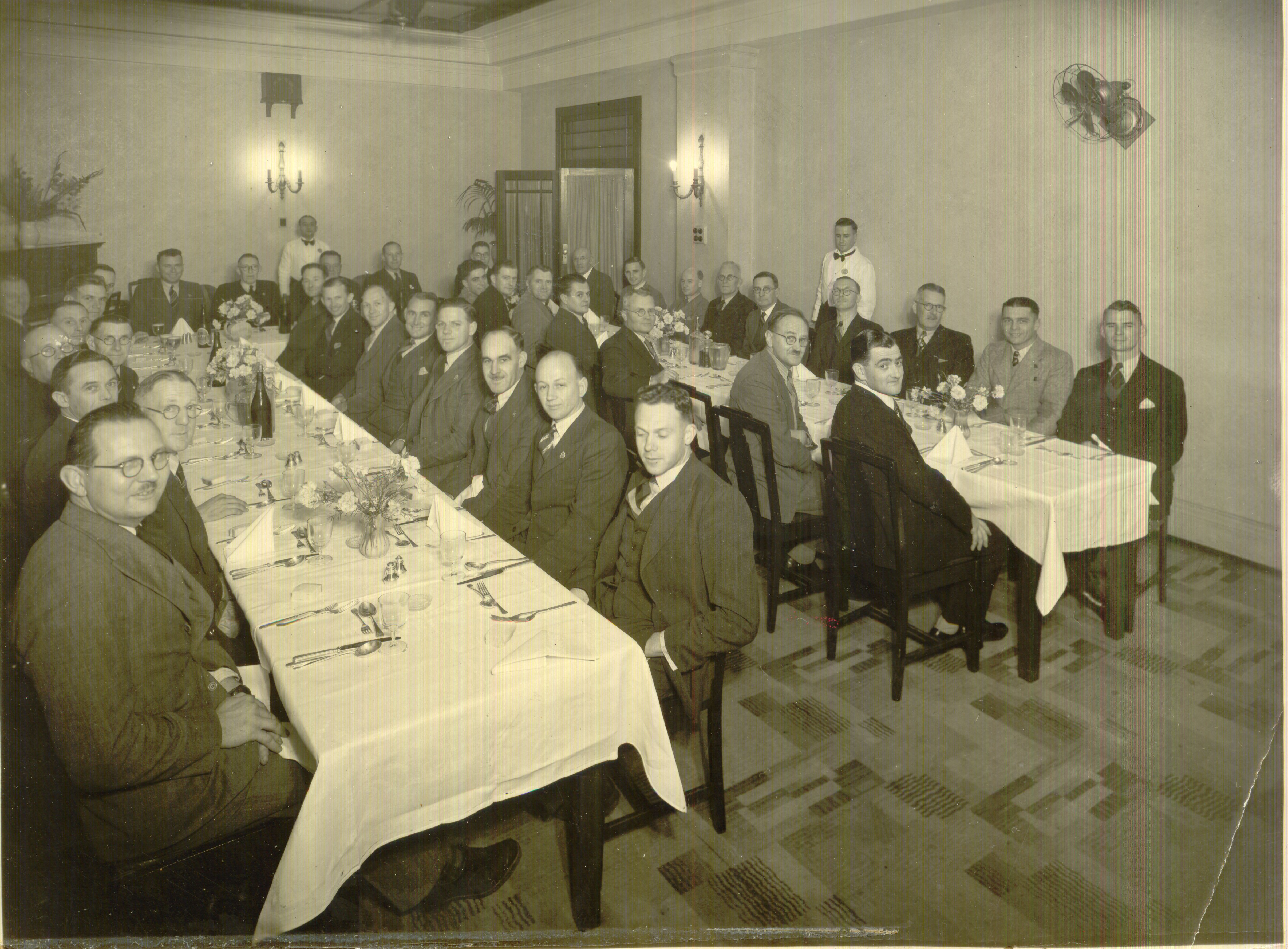When we look back through history, a decade doesn’t seem like much. Yet you can imagine for those who lived through it, 10 years is quite a significant amount of time.
To put this into perspective, many of us feel as though the pandemic and events that followed have lasted forever. In reality, it has only just passed the two-year mark!
The 1940s were no doubt one of those decades that felt extremely long for the people who lived through it. Half the decade was occupied by World War II with almost a million Australians serving - out of a population of just seven million at the time.
After surviving the Great Depression of the 1930s with relative ease, The National Service Company (as RSM was known in those days) found itself in a severely difficult situation in the 1940s.
The reason? Skills shortages!
SKILLS SHORTAGES CAN DEVASTATE A BUSINESS
Australia recently hit its lowest unemployment rate in almost 15 years.
Factors such as limited migration, border closures, as well as employees opting to reduce work hours or enter early retirement, have all combined to create the perfect storm. Businesses in almost every industry are struggling to find suitably skilled workers.
Skills shortages can greatly impede a business’s ability to operate – let alone grow or explore new opportunities. Luckily, we can learn from organisations that have been through similar situations before, and take heed of the fact that they are still here to tell their story.
The skills shortages we are experiencing today pale in comparison to those felt by business owners in the 1940s.
Particularly as the war got closer to home after Pearl Harbour in 1941, every able man and woman in Australia enlisted – leaving countless local businesses without valuable staff.
For The National Service Company, this period was made worse by the fact that taxes were increasing and the firm’s clients needed their accountants and advisers more than ever.![]()
Struggling to maintain operations, the firm’s founder (Edgar Woolcott) worked alongside newly appointed Director (Cyril Bird) and key staff to devise ways for the firm to survive in the absence of many of its employees.
It certainly wasn’t easy and, at the lowest point, the firm reluctantly had to let go of 500 clients. Other measures included upskilling administrative workers to assist with the workload, and closing smaller offices to centralise staff. The employee share scheme was also reinstated after it had been put on hold during the Great Depression.
While these were certainly more drastic measures than what may be required today, we are still seeing organisations having to take their own steps to attract and retain staff, such as:
- Proactively enhancing workplace culture
- Introducing new initiatives focused on health and wellbeing for staff
- Offering competitive benefits, such as employee share schemes
- Meeting employee aspirations for work/life balance, such as through flexible working arrangements
DO YOU HAVE A PLAN IF SKILLS SHORTAGES REMAIN?
While we all want to remain positive when it comes to current events, the reality is that we can never be sure of what the future holds.
There are no guarantees that today’s skills shortages won’t get worse before they get better – and the best defence against this is for business owners to take time out for planning.
Scenario planning can give your business a competitive edge if circumstances get worse because you’re able to identify red flags early on and take steps to change course.
Your accountant or business adviser will be able to support you with scenario planning and can help you analyse the financial impacts of both positive and negative possibilities so you know ahead of time what actions you will take.
This means that while your competitors may be caught off guard at times of increased pressure, you are in a strong position to weather the storm…and may even be able to seize exciting new opportunities.
Join me next month as we explore what the post-war recovery looked like, and welcome the first baby boomers of the 1950s.





